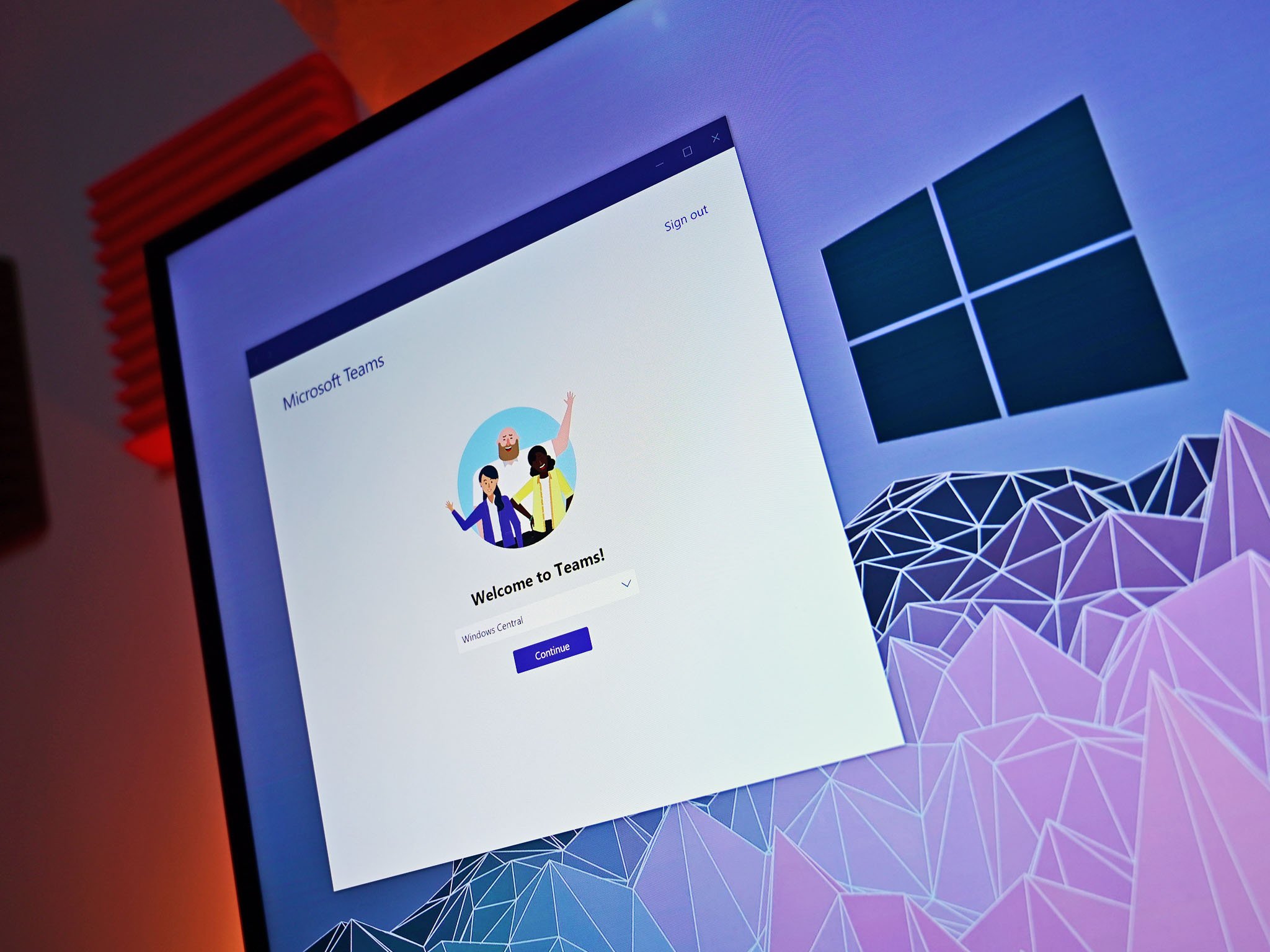Microsoft Teams calls on virtual desktops just got a lot better
Virtual desktops just got a bit easier to use and manage thanks to some new features.

What you need to know
- Microsoft Teams recently gained A/V redirect that improves calls made with virtual desktops.
- Azure portal integration is now available, which makes it easier to manage Windows Virtual Desktops.
- These features were in preview from April and are now generally available.
Microsoft is rolling out two features that improve the virtual desktop experience. First, Azure portal integration is now generally available. The feature makes it easier to manage and deploy Windows Virtual Desktops. Second, A/V redirect is out and allows you to use local audio and video sources even when you're using Microsoft Teams on a Windows Virtual Desktop. These features have been in public preview since April but are now generally available.
Azure portal integration provides a clean interface for deploying and managing apps and virtual desktops. It makes managing these similar to managing other Azure resources. If you prefer the classic model, you can still use it to deploy and manage virtual desktops and applications.
You can also publish resources to Azure Active Directory groups instead of only being able to publish remote apps and desktops to individual users.
The new A/V redirect feature in Windows Virtual Desktop allows you to use audio and video locally for Microsoft Teams calls and meetings. Using call apps like Teams can be awkward or clunky inside of virtual desktops due to latency issues but redirecting the audio and video of calls to a local device fixes that problem.
All the latest news, reviews, and guides for Windows and Xbox diehards.

Sean Endicott is a news writer and apps editor for Windows Central with 11+ years of experience. A Nottingham Trent journalism graduate, Sean has covered the industry’s arc from the Lumia era to the launch of Windows 11 and generative AI. Having started at Thrifter, he uses his expertise in price tracking to help readers find genuine hardware value.
Beyond tech news, Sean is a UK sports media pioneer. In 2017, he became one of the first to stream via smartphone and is an expert in AP Capture systems. A tech-forward coach, he was named 2024 BAFA Youth Coach of the Year. He is focused on using technology—from AI to Clipchamp—to gain a practical edge.
